Stage presence. A fuzzy, difficult-to-quantify concept that is a normal part of a performer’s training, but how does it help with science? Stage presence is the thing that lets you own your space and convey competence, artistic vision, and badass cool to your audience. It’s also the thing that imbues you with the ability to keep it together when you hit a sour note in an important phrase or when someone in your audience is opening a candy in the SLOWEST way possible. Some people are natural-born divas, but it’s generally developed through a lot of practice, trial and error (so. Much. Error.), and EVEN MORE practice. This training is incredibly useful when giving a lecture or conference presentation. Calm, competent facade, inner voice incessantly screaming that we are going to mispronounce “electroencephalography”. Again. Welcome to Masterclass Part II: In Which Sarah Discovers Several Useful Things About Public Speaking and the Fine Art of Mispronouncing Large Scientific Words With Confidence.
As a young musician, I performed and competed regularly, and was fortunate to see a lot of amazing music. The best performances are ones that take the audience on a journey where you’re not entirely sure what’s going to happen, but you can be reasonably sure the imaginary vehicle transporting you along this metaphorical plane isn’t going to explode. When I started performing, my focus was mainly on technique, but levelled-up through phrasing and emotional expression, focus shifted to my presentation as a performer. In my adolescent mind, a performance should seem effortless; the musician, a system of ropes and pulleys that powered the instrument. But focusing on technique alone can undermine the music. A performer interprets the piece for the audience, but it’s deeper than playing the notes on the page.
Science is the same. Music notes and data don’t mean anything in their base state, and it’s up to the performer/researcher to understand the existing landscape, draw the important elements out of the raw material, present the technically sticky pieces with precision, and leave the audience/readers with no doubt as to the performer’s/researcher’s vision and mastery. In both cases, a heavy amount of technical work is slogged through before arriving at the polished conclusion with all the bells and whistles.
The type of in-your-face romantic music I liked to play as a young musician meant telling bold stories with confidence I definitely didn’t have readily available. To address this, my teacher choreographed my performances, writing on the score where and how I should move. It helped me to think about communicating the piece in a way that was accessible to the audience, and about the difference between feeling confident and projecting confidence. After enough time acting comfortable on stage, I actually became comfortable on stage, striding around like my musicality owned the place during performances, but switching it off after the bows.
But how does this enter into peer review? Did you remember we were talking about peer review? In performance, a musician can amp up the artistry to cover the technical cracks, but the purpose of a masterclass, like a review, is to find the cracks and holes and examine them with an intense amount of scrutiny. Here’s where the studious application of ego comes in. Sharing original work takes guts and a certain amount of “heck yeah, I own the stage” attitude, but it needs to be toned down when feedback comes in and kept in reserve for when the subsequent draft comes out, better and more stunning than before.
Sharing something you love with a (hopefully) adoring audience can be thrilling, but there’s a necessary separation from the person who inhabits the art on stage and the person who exists off-stage. In my mind, there are two modes: diva mode and technician mode. The work gets done in technician mode; the practice and critical shaping of a piece in rehearsal and collaborations with other musicians. Diva mode is saved for dreaming up new concepts and getting over the nerves to bring your vision to the stage. In science, I use diva mode for planning, writing, hitting “send” on e-mails to people I’m nervous around, and dealing with imposter syndrome. I use technician mode for everything else, especially editing.
Having these two lenses has allowed me to move more comfortably through science, especially in presenting experimental research and original ideas to colleagues and funding bodies. When the outcome is novel or uncertain, communication relies on a certain amount of confidence and artistry.
And that brings me to my final point: art. Join me for the thrilling conclusion: In Which Many Comparisons Between Science and Art are Made and No One Dies or is Secretly a Countess, Like in Opera.

